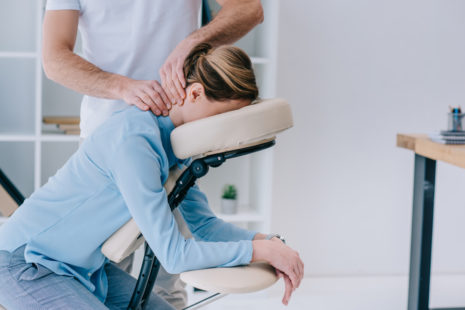Compression can be beneficial for managing symptoms of rotator cuff injuries, particularly when used in conjunction with other treatment modalities.
Here’s how compression can help with rotator cuff injuries…
- Reduced Swelling – Compression can help reduce swelling and inflammation in the shoulder joint and surrounding tissues, which are common symptoms of rotator cuff injuries. By applying gentle pressure to the affected area, compression garments or wraps can help improve blood flow and lymphatic drainage, promoting the removal of excess fluid and reducing swelling.
- Stabilization – Compression garments or wraps can provide support and stabilization to the shoulder joint, helping to reduce pain and discomfort associated with rotator cuff injuries. By providing external support to the injured tissues, compression can help prevent excessive movement and protect the shoulder from further injury during activities of daily living or rehabilitation exercises.
- Pain Relief – Compression can help alleviate pain and discomfort associated with rotator cuff injuries by providing a comforting and supportive sensation to the affected area. The pressure from compression garments or wraps can help dull nerve signals that transmit pain sensations, providing temporary relief from symptoms.
- Improved Proprioception – Proprioception refers to the body’s ability to sense its position and movement in space. Compression can help improve proprioception in the shoulder joint, providing feedback to the brain about the position and movement of the injured tissues. This enhanced proprioceptive feedback can help improve joint stability and coordination, reducing the risk of further injury.
It’s important to note that while compression can be a helpful adjunctive treatment for rotator cuff injuries, it should be used in conjunction with other appropriate interventions, such as rest, physical therapy, strengthening exercises, and possibly medical interventions like corticosteroid injections or surgery, depending on the severity of the injury.
If you’re considering using compression for a rotator cuff injury, it’s essential to consult with a healthcare professional, such as a physical therapist or orthopedic specialist, for guidance on proper usage and to ensure that compression is appropriate for your specific condition. They can provide personalized recommendations based on your individual needs and help you develop a comprehensive treatment plan to promote healing and recovery from your rotator cuff injury.




